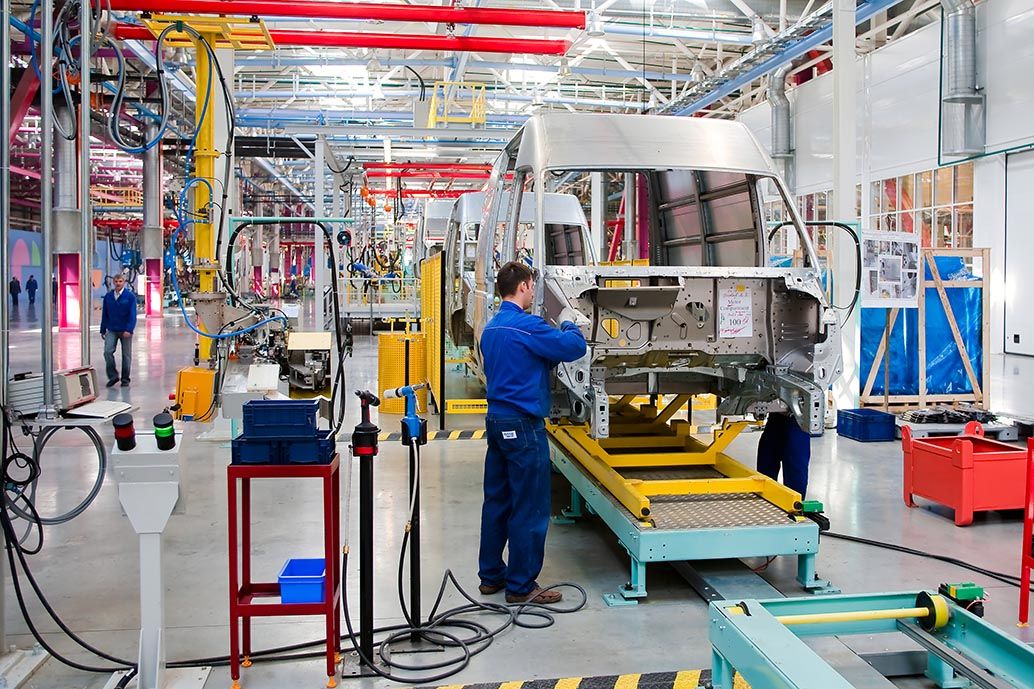German Manufacturing Sector in Sharp Contraction in February: PMI Data

Image © Adobe Images
Germany's all-important manufacturing sector slumped into contraction in February, exacerbating fears that the Eurozone's largest economy has been unable to extricate itself from an ongoing slump in activity.
The preliminary IHS Markit Manufacturing PMI for February read at a 74-month low at 47.6, well below analyst expectations for a reading of 50, and well below January's figure of 49.7.
Any number below 50 indicates contraction.
However, stronger growth in Germany’s service sector drove an increase in overall business activity across the Eurozone’s largest member state in February. The Service PMI read at an impressive 55.1, well ahead of expectations for a reading of 52.8. The strength of the services sector lifted the overall Composite PMI to 52.7.
"Although still close to the stagnation level of 50, the first gain since last August adds to the evidence provided by this week’s slightly better German ZEW expectations and Eurozone consumer confidence that the Eurozone economy may soon hit bottom. Although the grey winter is not over yet, the stability of the service sector supports our hope that spring could indeed be brighter," says Florian Hense, Economist with Berenberg Bank.
However, focus will be on the all-important manufacturing sector which slipped further into contraction as export orders fell to the greatest extent for over six years.
Surveyed businesses continued to report lower orders from the autos sector, whilst also highlighting a fall in demand from Asia (in particular China) linked to ongoing trade tensions and growing competitive pressures within Europe.
Manufacturers remained downbeat about the outlook for business activity over the next 12 months, with expectations dipping to their lowest in over six years.
“Germany’s manufacturing and service sectors remain on very different paths, according to February’s flash PMI data. While strong fundamentals in the domestic market are driving growth in services business activity, falling exports continue to weigh on the performance of the manufacturing sector. Measured overall, the data remain indicative of a very modest rate of underlying output growth," says Phil Smith, Principal Economist at IHS Markit.
In terms of the factors behind the slowdown in manufacturing order books, Smith cites "many of the usual suspects" – the uncertainty relating to U.S.-China trade tensions and weakness in the autos industry – were highlighted, although there were also reports of growing competitive pressures within Europe.
"Today’s PMIs imply the challenges facing the German manufacturing sector are even larger than previously thought, and increasingly burden the outlook for the entire Euro area. Discussion on what the ECB could do will pick up at the March meeting," says Jan von Gerich, an economist with Nordea Markets.



